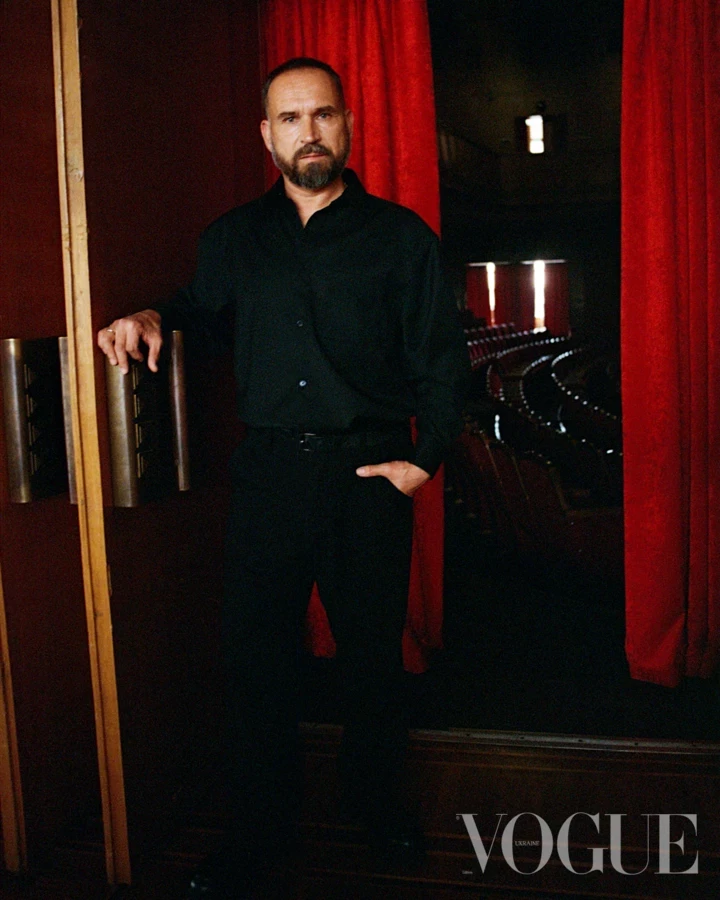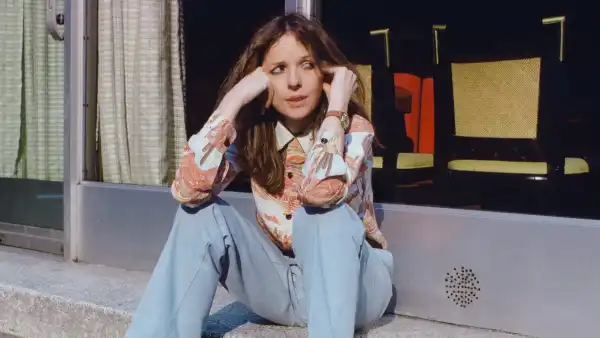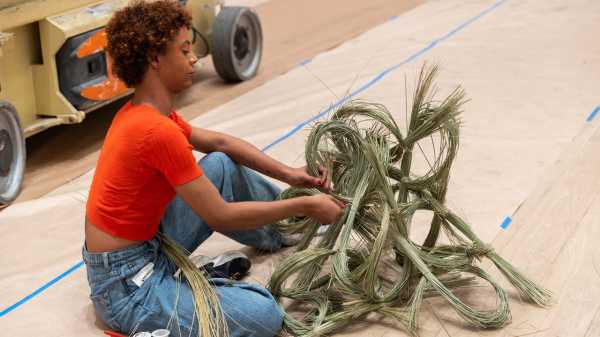
Save this storySave this storySave this storySave this story
Hilton Als
Staff writer
You’re reading the Goings On newsletter, a guide to what we’re watching, listening to, and doing this week. Sign up to receive it in your in-box.
The giddy joy you may feel when you enter MOMA’s Projects Room to see Tadáskía’s installation, “ave preta mística mystical black bird” (2022), co-presented by the Studio Museum in Harlem, is due in part to the show’s scale. The thirty-one-year-old mononymous Brazilian artist (pictured here) has taken the room’s very tall walls and created an intimate yet expansive atmosphere. Working deftly, lyrically, with charcoal and colored pastels, Tadáskía’s fine hand has produced a narrative that juts off in many directions but coheres, finally, through her investment in Brazil’s political and spiritual life, and in the history of her ancestors—as well as her love for them.
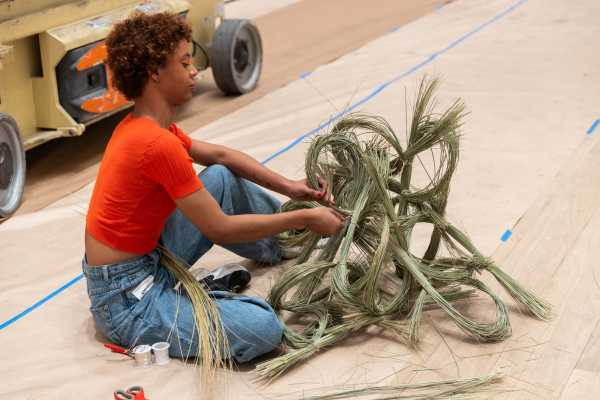
Art work by Tadáskía / Courtesy MOMA; Photograph by Jonathan Dorado
A multi-panel work is inspired by the Sankofa—a mythical black bird, among the Akan people of Ghana, whose head turns toward the past as its feet move into the future. Tadáskía’s Sankofa-like figure is a winged, almost anthropomorphic being that darts with excitement and energy, looking back while fluttering forward, through unabashedly rich and colorful landscapes—the world Blackness has helped build. It’s this world—and its feeling of community—that Tadáskía invokes. What would we do without one another, her work seems to ask, and part of the pleasure is that she doesn’t even pretend to have the answers. What she does have is an extraordinary sense of freedom; the reach of her drawings is awe-inspiring. Curved floor pieces, containing bowls of pigmented powders and sculptures made with plant matter, are bright reminders of how we must feed our ancestors, the better to nourish ourselves.

“Projects: Tadáskía.”Art work by Tadáskía / Courtesy MOMA; Photograph by Jonathan Dorado

About Town
Movies
Some of the biggest movie news this season is a book: Carrie Courogen’s “Miss May Does Not Exist,” an insightful, energetic, and superbly researched biography of Elaine May, whose all too brief directorial career was essentially ended by the wrongful critical derision of her 1987 comedy, “Ishtar.” May rose to fame in the late fifties as part of an improv-comedy duo with Mike Nichols. Courogen details the duo’s collaboration and dissolution, but the 1996 documentary “Nichols and May: Take Two” displays their astounding onstage inventiveness and connectedness. The film offers a wide selection of clips from their performances and suggests the multitudes they would eventually put on the big screen.—Richard Brody (Streaming on Max and playing July 22 on TCM.)
Theatre
On June 12, 2016, a gunman opened fire at Pulse, an L.G.B.T.Q. club in Orlando, killing forty-nine people and terrifying many more. The shooting is an unlikely subject for a musical—which may be why “From Here,” written and directed by Donald Rupe, handles it obliquely. The show foregrounds Daniel (Blake Aburn), a gay thirtysomething who visits Pulse but not, fortuitously, on the night of the massacre. Aburn originated the role at the 2019 Orlando Fringe Festival, and he leads a strong-voiced cast, most of whom wrest compelling characters from the meandering material. Grappling with survivor’s guilt after the shooting, Daniel confesses, “I don’t know how to talk about this.” Rupe doesn’t seem sure, either.—Dan Stahl (Pershing Square Signature Theatre; June 27-Aug. 11.)
Dance
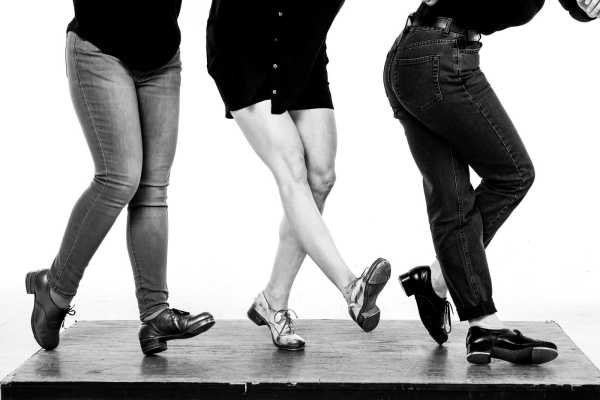
Photograph by Matthew Murphy
Without Gene Medler, who founded the North Carolina Youth Tap Ensemble, in 1983, Michelle Dorrance, who got her start in the company a few years later, might not have become the superlative dancer and choreographer she is today. The same is true of several members of Dorrance’s justly popular company, also alumni of the youth ensemble. Her group, for its return to the Joyce, débuts “Shift.,” a work inspired by Medler and by the care that he taught through example. It’s a collection of improvisational solos and ensemble sections for talented musician-dancers—in other words, home territory.—Brian Seibert (Joyce Theatre; July 16-21.)
Classical
Jonathon Heyward just keeps adding to his résumé. The music director of the Baltimore Symphony Orchestra (and the first Black person in the role) and a Time magazine “next generation leader,” Heyward now also directs the Festival Orchestra of Lincoln Center for the 2024 season. This summer’s lineup offers a “crowd-composed concert,” in which the audience shapes the program by voting on their phones, and many other, less helter-skelter performances. Included on the roster are Beethoven’s “Pastoral” Symphony, Schumann’s Symphony No. 2, Caroline Shaw’s “Entr’acte,” a world première by the composer Hannah Kendall, and a North American première by the composer Huang Ruo.—Jane Bua (David Geffen Hall; July 20-Aug. 10.)
Theatre
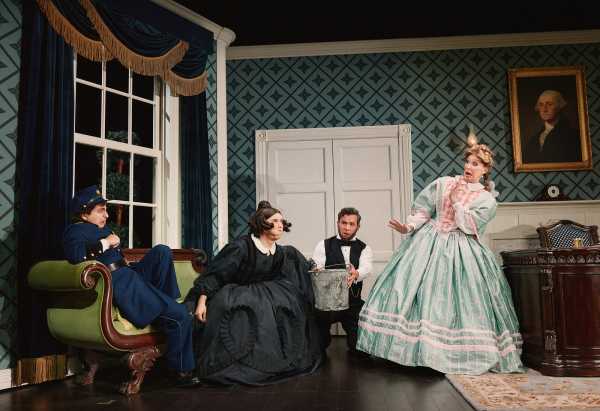
Tony Macht, Cole Escola, Conrad Ricamora, Bianca Leigh in “Oh, Mary!”Photograph by Emilio Madrid
After dazzling success downtown, Cole Escola’s viciously funny camp farce “Oh, Mary!,” directed by Sam Pinkleton, transfers to Broadway, where it can steamroll national pieties with more elbow room and a bigger budget for silver lamé. Escola plays a gleefully ahistorical version of Mary Todd Lincoln, here a virago and a drunken narcissist in “Mommie Dearest”-mode who terrorizes her husband, a not-so-honest Abe (Conrad Ricamora). Mary’s barely aware of the civil war going on—“the South of what?” she cries—but she’s very conscious of her acting teacher (James Scully), an opportunistically alluring type who might change history. Pinkleton and Escola operate in huge, melodramatic style here; you can see this one from the cheap seats—or from space.—Helen Shaw (Lyceum Theatre; through Sept. 15.)
Country
A transient, rambling personal ethos has led the San Benito-born singer Charley Crockett on a winding path to recognition. After releasing eleven albums in seven years, he finally stepped into his moment with the 2022 LP, “The Man from Waco,” a faux-Western epic that used James (Slim) Hand as a point of reference. The follow-up, “$10 Cowboy,” from April, is less conceptual but just as story driven—full of down-on-their-luck characters searching for breaks in the monotony. All roads lead away from Crockett and out into a country of truck stops and alleys. His voice has an easygoing, come-what-may sway that evokes an image of the artist adrift, following an aimless trail, guitar in tow, until he ends up where he was meant to be.—Sheldon Pearce (Brooklyn Paramount; July 20.)

Pick Three
The staff writer Sarah Larson picks three summer-friendly podcasts.
1. Whether you’ve thought much about same-sex erotic fun in the animal kingdom, “A Field Guide to Gay Animals,” a new five-episode series from Canadaland, has plenty to surprise and delight. Hosted by Owen Ever and Laine Kaplan-Levenson, it features reported stories and interviews with experts about amorously creative humpback whales, lesbian seagulls, bisexual bison, “horny polyamorous giraffes,” and beyond. The narration feels effortfully chummy at times, but the series provides a wondrous perspective not just on biodiversity but on sexuality itself.
2. Amy Poehler—who, on “Parks and Recreation,” once officiated a same-sex penguin wedding—has been producing great satirical podcasts lately, with her company Paper Kite Productions. My favorite is “Say More with Dr? Sheila,” in which Poehler plays the “world-renowned self-proclaimed couples therapist” Dr? Sheila, who requires everyone, for legal reasons, to say her professional title in question form. The series manages to make relationship issues and therapy-speak deftly funny—no easy feat. “Take as many sighs as you need,” she tells one couple, and they do.
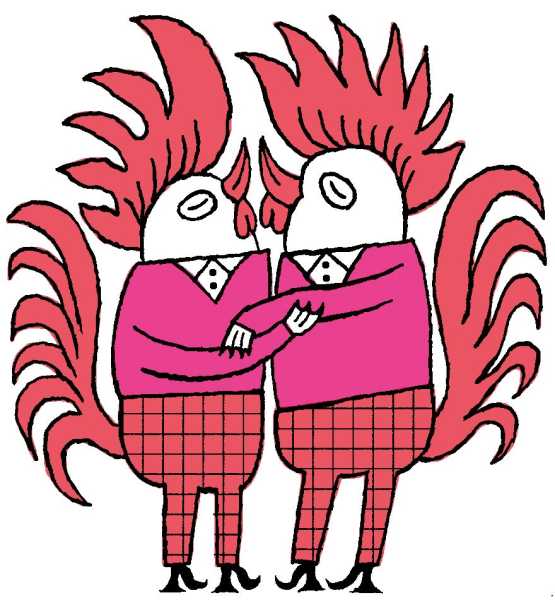
Illustration by Katharina Kulenkampff
3. Dan Taberski, a perennial creator-host of almost maddeningly good reported podcasts (“Running from Cops,” “Surviving Y2K,” “9/12”), returns with “Hysterical,” a new limited series about a mysterious outbreak of a Tourette’s-like condition among teen-age girls, in upstate New York. What is it? Why is it happening? These questions broaden and deepen as the series proceeds, and evolves from a medical mystery into something profoundly universal and compelling.
P.S. Good stuff on the Internet:
- Ilana Glazer on motherhood-Blueberries: it’s time
- Vetiver’s “Hills of Isle Au Haut”
Sourse: newyorker.com


